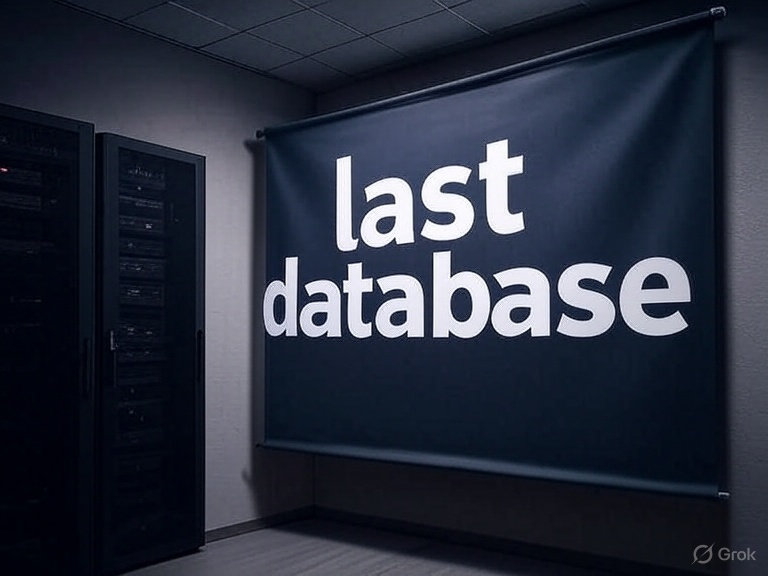In today’s fast-paced digital landscape, efficiency isn’t just a buzzword; it’s a fundamental requirement for survival and growth. From optimizing customer experiences to streamlining internal operations, every millisecond counts. And at the heart of nearly every efficient digital system lies a crucial, often overlooked component: the database.
Choosing the right database isn’t merely last database about storing data; it’s about empowering your applications, accelerating your operations, and ultimately, boosting your overall organizational efficiency. The wrong choice, however, can lead to frustrating bottlenecks, exorbitant costs, and a constant struggle to keep up.
So how do you make the choice that truly boosts efficiency?
It starts with understanding that “efficiency” isn’t a one-size-fits-all metric in the database world.
Efficiency Defined: Beyond Raw Speed
When we talk about database efficiency, we’re not building your super email team: the top email lists you need! just talking about raw query speed, though that’s certainly a factor. True efficiency encompasses several dimensions:

Operational Efficiency: How quickly and reliably can the database handle your transactions and queries under various loads? This includes read/write speeds, concurrency, and latency.
Developer Efficiency: How easy is it for your development team to interact with, query, and integrate the database into applications? This impacts time-to-market for new features.
Administrative Efficiency: How much effort (and skilled personnel) is required to set up, maintain, monitor, scale, and troubleshoot the database? This directly impacts operational costs.
Storage Efficiency: How effectively does the database contact lists utilize storage resources, particularly important for large datasets?
Cost Efficiency:
This isn’t just about licensing fees, but the total cost of ownership (TCO), including hardware, operations, support, and potential lost revenue due to inefficiencies.
The Impact of the Wrong Choice: A Drain on Efficiency
Imagine building a high-performance sports car, but equipping it with a bicycle engine. That’s what a mismatched database can feel like.
Performance Bottlenecks: A database not suited for your data volume or access patterns will quickly become a choke point, slowing down applications and frustrating users.
Developer Frustration: Forcing developers to work with a database that doesn’t align with their data model or preferred tools leads to increased development time, bugs, and lower morale.
Mounting Operational Costs: A complex, hard-to-manage database requires dedicated, expensive talent and constant manual intervention, pushing up your TCO.
Scalability Nightmares: If your chosen database can’t scale gracefully with your growth, you’ll face expensive re-platforming efforts or, worse, a complete system failure.
Security Vulnerabilities:
An insecure database is a liability, potentially leading to costly breaches and reputational damage.
Making the Right Choice: A Strategic Approach
So, how do you navigate the complex database landscape to pick the one that truly boosts your efficiency? It involves a deep dive into your specific needs, as highlighted in a comprehensive database purchase checklist.
